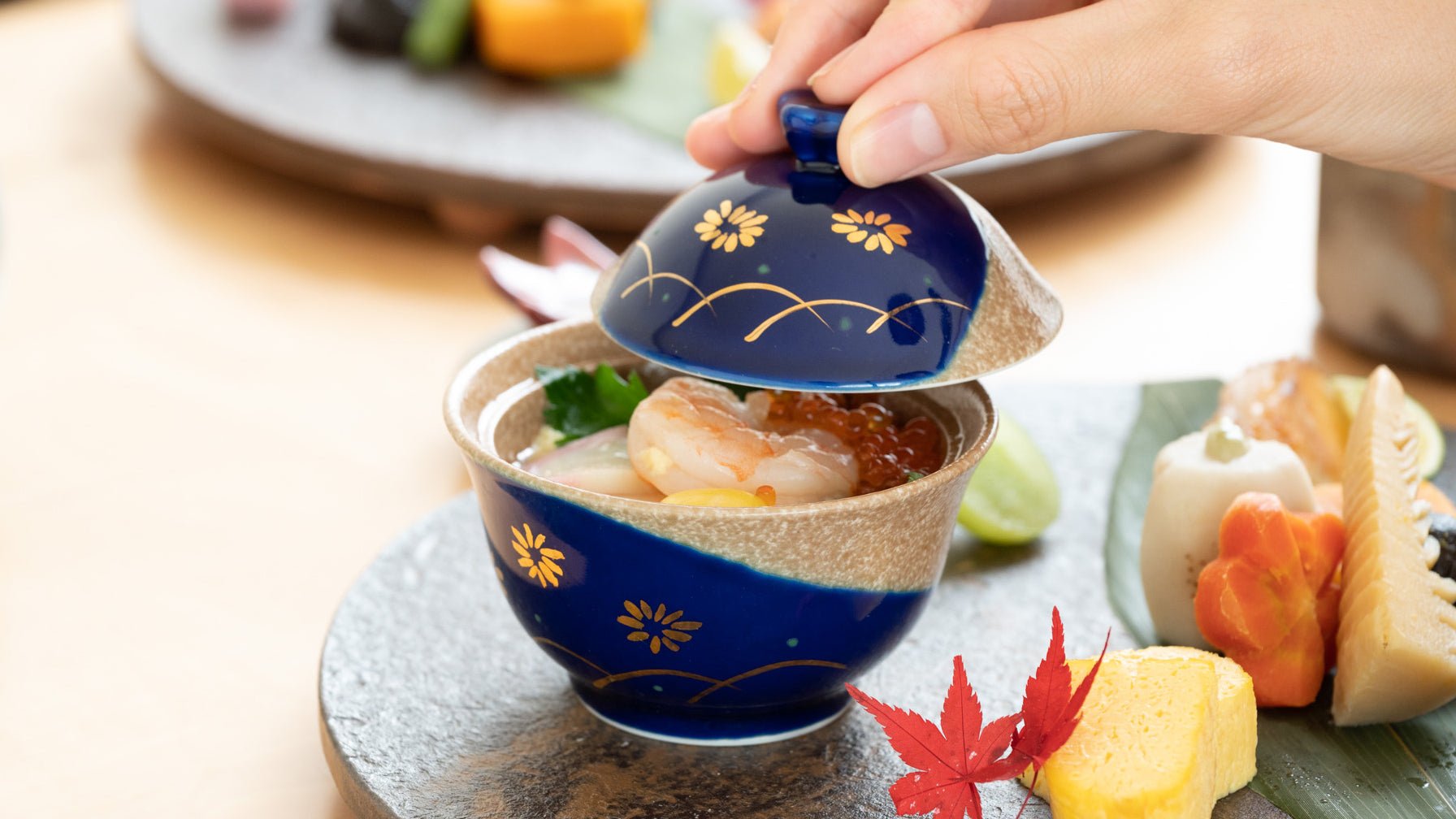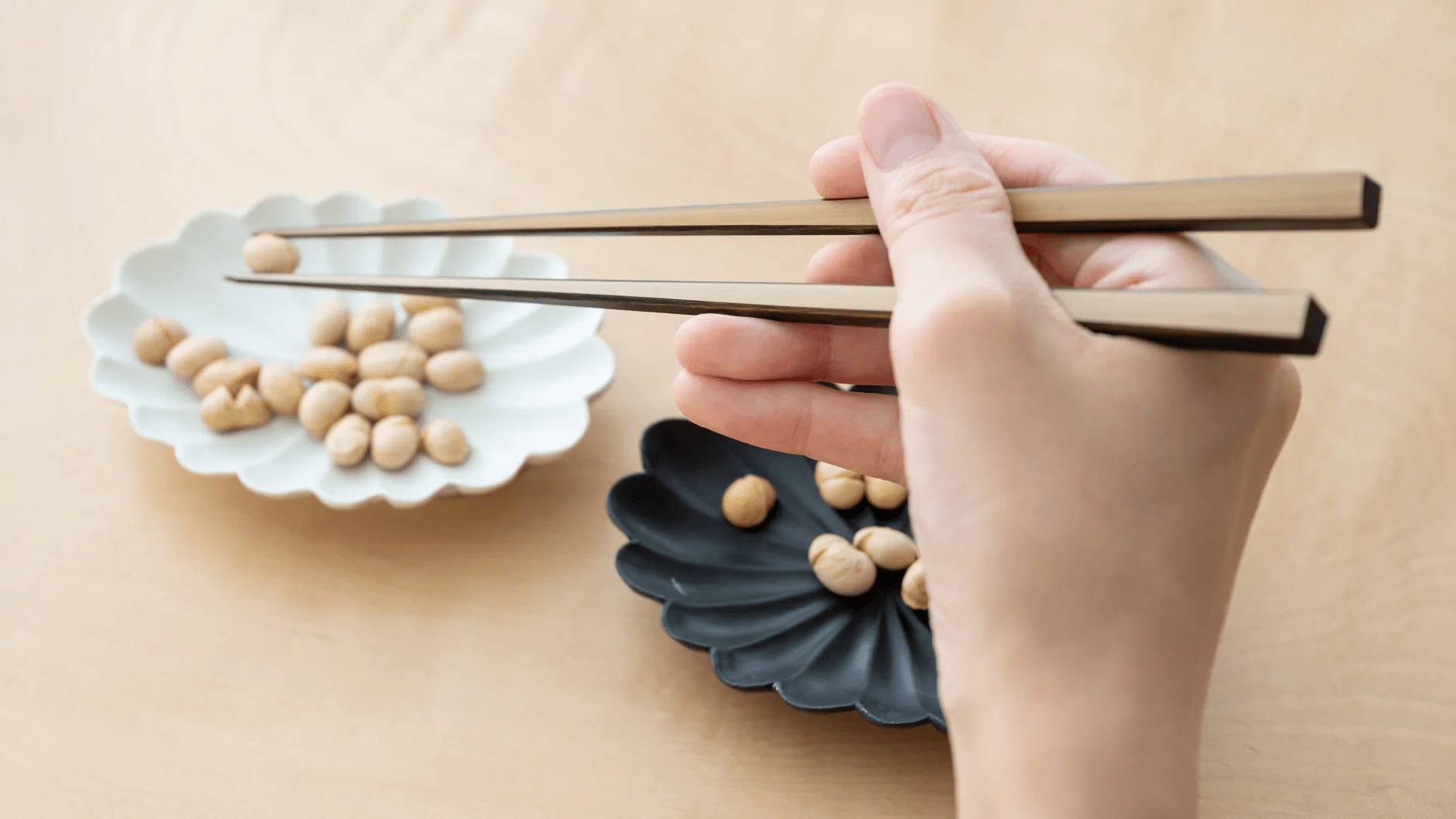
Chawanmushi Recipe: The Ultimate Japanese Comfort Food
Written by Team MUSUBI
Chawanmushi is a quintessential Japanese delicacy that serves as a delicate appetizer rather than your typical dessert custard. Steamed to perfection, this savory egg custard dish envelops the palate with its warmth and heartening flavors. Its texture is both soft and comforting, and it is subtly flavored with a variety of ingredients that often reflect the season in which they are made.
Whether you are looking to enjoy the earthy flavors of ginkgo nuts in the fall or the freshness of spring vegetables, chawanmushi is versatile enough to accommodate your culinary desires. It is a delightful dish that can be appreciated all year round.
Discover how to prepare chawanmushi with ingredients that reflect your favorite seasons and experience the soothing taste of this traditional Japanese dish.

Ingredients
For 4 servings
- 2 eggs
- dashi, Japanese soup stock: 3 times the amount of the eggs
- 1/4 teaspoon salt
- 20 g (0.7oz) prawns
- thin slices of shiitake mushrooms
- sprigs of mitsuba leaves
- blanched ginkgo nuts
- slices of maple leaf-shaped nama-fu if available
*nama-fu: raw wheat gluten cake

In addition to shiitake, this recipe introduces ginkgo nuts. Ginkgo nuts come from the seeds of ginkgo trees, which turn golden in fall, and have been revered both for their beauty and medicinal properties. Combined with shiitake, ginkgo nuts bring an additional layer of seasonal depth to the dish.
To prepare the shiitake mushrooms, start by gently cleaning with a damp cloth, then remove the stems and slice thinly, ensuring the pieces are bite-sized.
1. Preparing the Egg Mixture

2. Straining for Smoothness

3. Layering

4. Steaming

To steam chawanmushi, start by boiling some water. Once it's boiling, place your lidded chawanmushi bowl into the pot. Add hot water around the bowl, filling the pot until the water reaches about halfway up the side of the bowl. Then, close the pot's lid to seal in the steam.
Cook your chawanmushi on medium heat for the first two minutes. After that, lower the heat and continue steaming for another eight minutes. Finally, turn off the heat but keep the pot's lid closed, letting the chawanmushi sit for an additional eight minutes to finish cooking in the residual heat.
Once steamed, either poke the egg custard with a bamboo skewer or tilt it to check the liquid. If the liquid that comes out is clear, it is sufficiently cooked. Enjoy your hot bowl of chawanmushi!

In any season, nothing offers comfort quite like chawanmushi. Enhanced with ingredients that reflect the best of each season, the dish's umami unfolds in your mouth as you delicately scoop it up with a lacquerware spoon. Savor unique flavors throughout the year and make this comforting dish a staple on your table.







Leave a comment
This site is protected by hCaptcha and the hCaptcha Privacy Policy and Terms of Service apply.